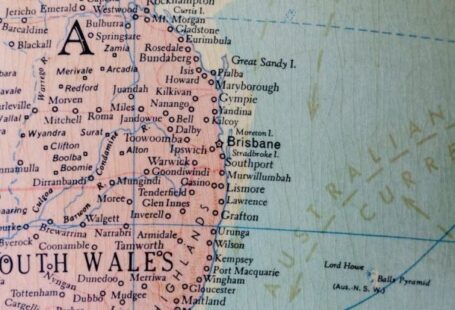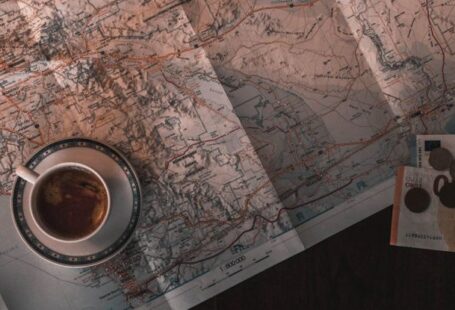Creating a Detailed Visual Representation: How Are Elevation and Relief Represented on Maps?
Maps are not just handy tools for navigation; they are intricate visual representations of the world around us. Every contour and symbol on a map serves a purpose, providing valuable information about the landscape. Two essential elements depicted on maps are elevation and relief, crucial for understanding the topography of an area. In this article, we delve into how elevation and relief are represented on maps, shedding light on the techniques and symbols used to convey this vital geographical data.
Understanding Elevation: The Vertical Dimension
Elevation refers to the height of a specific point on the Earth’s surface above a reference point, often sea level. Representing elevation on a map is essential for understanding the vertical dimension of the terrain. Cartographers use various methods to depict elevation accurately, allowing users to visualize the highs and lows of a particular area. One common technique is the use of contour lines, which are imaginary lines that connect points of equal elevation. These lines help users visualize the shape of the land and identify features such as hills, valleys, and plateaus.
Contour lines are typically spaced at regular intervals, indicating the steepness of the terrain. Closer contour lines denote steeper slopes, while widely spaced lines represent gentler inclines. By analyzing the spacing and pattern of contour lines on a map, users can infer the elevation changes within an area. For instance, closely spaced contour lines around a mountain peak indicate a steep ascent, while widely spaced lines near a river valley suggest a more gradual slope.
Shading and Coloration: Adding Depth to the Map
In addition to contour lines, cartographers use shading and coloration to enhance the representation of elevation on maps. By applying different shades or colors to specific areas, mapmakers can create a sense of depth and three-dimensionality. Darker shades are typically used to indicate lower elevations, while lighter hues represent higher ground. This color gradient helps users visually interpret the elevation changes across a landscape, making it easier to distinguish between low-lying areas and elevated regions.
Relief Representation: Bringing Maps to Life
Relief, often referred to as topographic relief, encompasses the variations in elevation and slope across a geographic area. Representing relief on a map involves capturing the three-dimensional features of the terrain in a two-dimensional format. To achieve this, cartographers employ techniques such as shading, hachures, and hill shading. Shading techniques involve adding shadows to simulate the effects of light on the terrain, creating a sense of depth and texture. Hachures are short lines drawn along the slopes to indicate the direction and steepness of the terrain, providing additional visual cues to the map reader.
Hill shading is another common method used to represent relief on maps. By simulating the effects of sunlight on a landscape, cartographers can create realistic depictions of mountains, valleys, and other landforms. Hill shading involves applying gradients of light and shadow to mimic the natural lighting conditions, making the map appear more lifelike and detailed. This technique is particularly useful for highlighting prominent features such as ridges, peaks, and cliffs, allowing users to visualize the terrain with greater clarity.
Enhancing Geographic Understanding: The Power of Visual Representation
Accurately representing elevation and relief on maps is crucial for enhancing geographic understanding and aiding navigation. By employing a combination of contour lines, shading, and other visual techniques, cartographers can create detailed and informative maps that capture the intricacies of the natural landscape. Whether exploring a new hiking trail or studying the topography of a region, understanding how elevation and relief are depicted on maps can enrich the map-reading experience and deepen our appreciation for the world around us.





